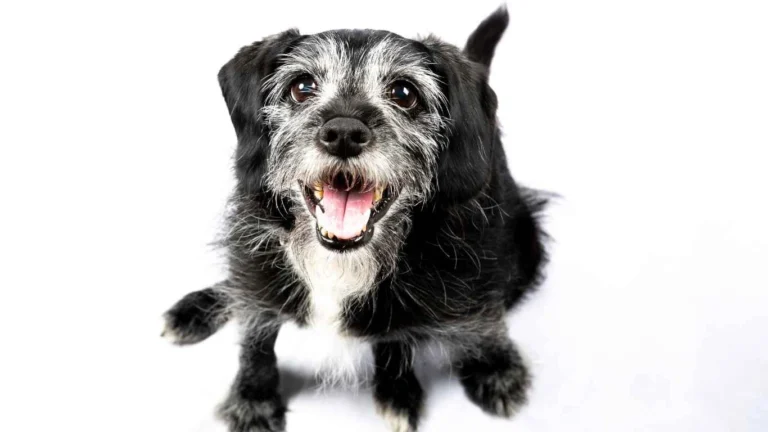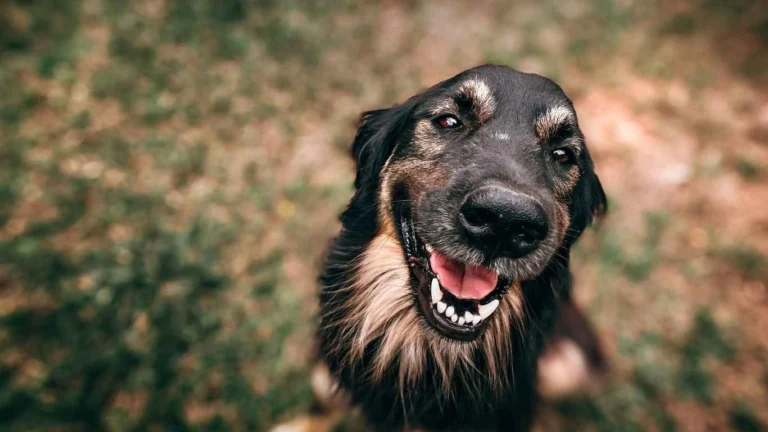Can Dogs Eat Lentils Safely? The Truth About Feeding Lentils to Dogs
As a pet nutritionist with years of experience in veterinary clinics, I’ve encountered a wide range of questions from pet owners about what their dogs can and can’t eat. One that comes up quite often is whether or not dogs can eat lentils. As pet parents, we want to feed our furry friends the best diet possible, but we also need to be cautious about which human foods are safe for them. Lentils, a small legume that’s packed with nutrition, often find their way into our own meals, but are they a safe choice for dogs? Let’s dive into this topic to clear up any confusion and help you make informed decisions for your pet’s health.
Can Dogs Eat Lentils Safely?
When it comes to feeding your dog lentils, it’s important to approach it with caution, just like any new food. Lentils can be a healthy addition to a dog’s diet in moderation, but there are a few factors you need to consider before introducing them to your dog’s meals. In my experience working with pet owners in veterinary clinics, I’ve seen a lot of confusion around lentils, especially because they’re a high-protein food commonly found in human diets. The question isn’t just whether lentils are safe but also how they’re prepared and how much your dog consumes.
First, let’s break down what lentils are and why they can be good for dogs when fed appropriately. Lentils are a type of legume, rich in protein, fiber, and essential nutrients. They contain vitamins like folate, iron, and potassium, which are beneficial to both humans and dogs. However, just because lentils are nutritious for us doesn’t automatically mean they’re always good for our pets. The key is in moderation and proper preparation.
The Nutritional Benefits of Lentils for Dogs
To give you a better understanding of how lentils can benefit your dog, let’s look at their nutritional profile:
- Protein: Lentils are an excellent source of plant-based protein, which is essential for building muscles and supporting the immune system.
- Fiber: Lentils are rich in fiber, which helps regulate digestion and can aid in preventing constipation.
- Vitamins and Minerals: Lentils contain essential vitamins such as folate and B vitamins, along with minerals like iron, zinc, and potassium. These nutrients support your dog’s overall health and well-being.
In my experience, these nutrients make lentils a potentially great addition to your dog’s diet—if prepared properly. But before you toss some lentils into your dog’s bowl, let’s look at a few important considerations.
Risks and Concerns: Are There Any Downsides?
While lentils offer a lot of nutritional benefits, there are some risks to consider. Dogs have a different digestive system than humans, and some foods that are healthy for us can cause digestive upset in them. Here are a few things to keep in mind when feeding your dog lentils:
- Gas and Bloating: Lentils are known for causing gas and bloating, both in humans and dogs. If your dog isn’t used to fiber-rich foods, they may experience some stomach discomfort, including gassiness or bloating, which can make them uncomfortable.
- Digestive Issues: While fiber is good for digestion, too much of it can lead to diarrhea or loose stools in dogs. It’s always a good idea to start with a small portion and monitor your dog for any digestive upset.
- High in Carbs: Lentils are a carbohydrate source, and while carbs are an important part of a dog’s diet, feeding them too many carbs can contribute to weight gain, especially in less active dogs.
In my clinic, I’ve seen some dogs have mild reactions to lentils, while others tolerate them well. It all comes down to your dog’s unique digestive system and how they respond to new foods. For example, a senior dog or a dog with a sensitive stomach may not handle lentils as well as a healthy adult dog. So, as with any food, it’s important to introduce lentils slowly and observe your dog’s reaction.
How to Safely Prepare Lentils for Dogs
If you’ve decided to give lentils a try as part of your dog’s diet, preparation is key. Dogs can’t eat raw lentils because they contain lectins, which are compounds that can be toxic if not properly cooked. Cooking lentils thoroughly is essential to making them safe for your dog. Here are some tips for preparing lentils:
- Cook Thoroughly: Always cook lentils until they are soft. This breaks down the lectins and makes them easier for your dog to digest.
- Avoid Additives: Don’t cook lentils with any seasoning, garlic, onions, or other ingredients that can be harmful to dogs. Simple, plain lentils are the best option.
- Start Small: Introduce lentils to your dog’s diet slowly. Start with a small amount to see how they react, and increase the portion gradually if they tolerate it well.
It’s also a good idea to consult with your veterinarian before adding new foods to your dog’s diet, especially if they have a pre-existing health condition. Your vet can offer personalized advice based on your dog’s specific needs and medical history.
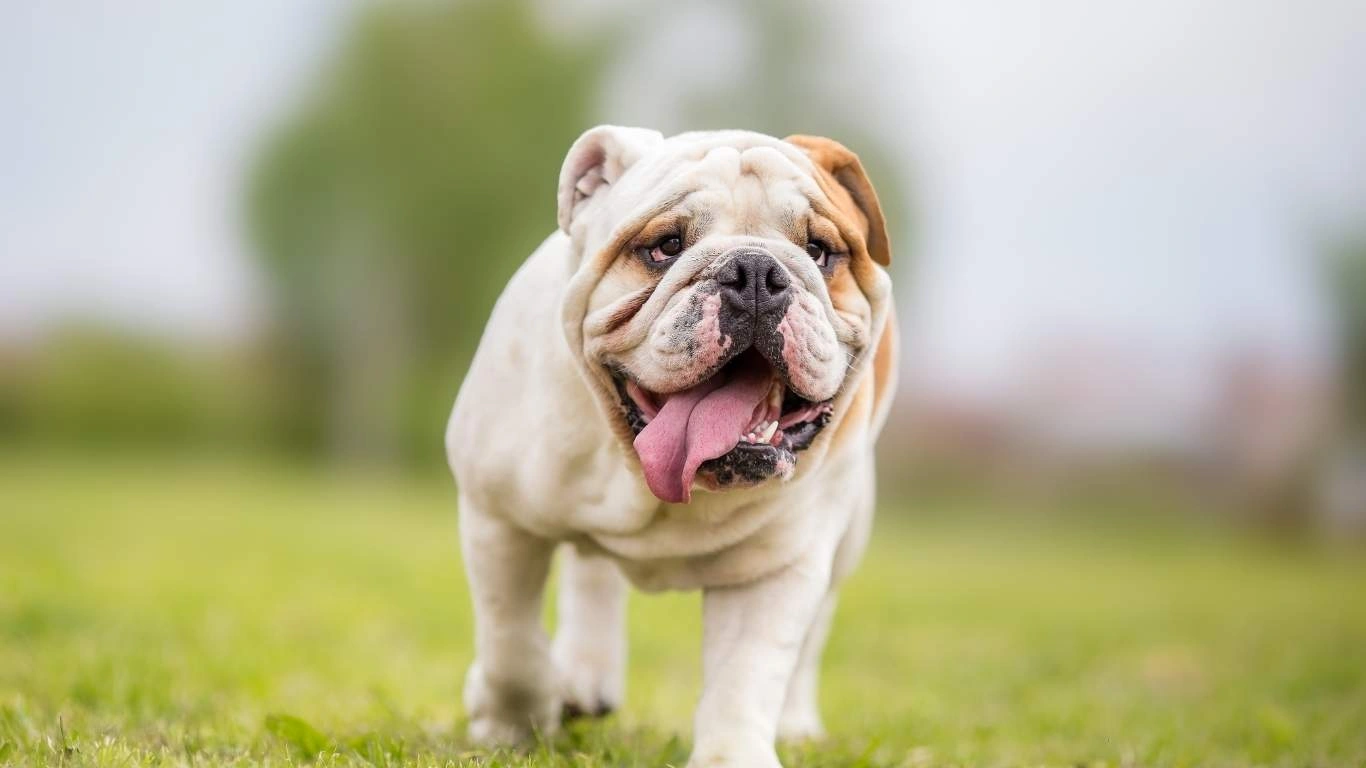
Are There Any Health Conditions That Should Avoid Lentils?
While lentils can be a healthy food for most dogs, there are certain health conditions where it might be best to avoid them. For example:
- Kidney Problems: Dogs with kidney issues may struggle to process lentils due to their high potassium content. Always check with your vet if your dog has kidney disease before introducing lentils into their diet.
- Diabetes: Because lentils are a carbohydrate, diabetic dogs should only have them in moderation and under the guidance of a veterinarian to avoid blood sugar spikes.
As always, it’s crucial to consult your veterinarian if your dog has any underlying health issues that could be affected by adding lentils to their diet.
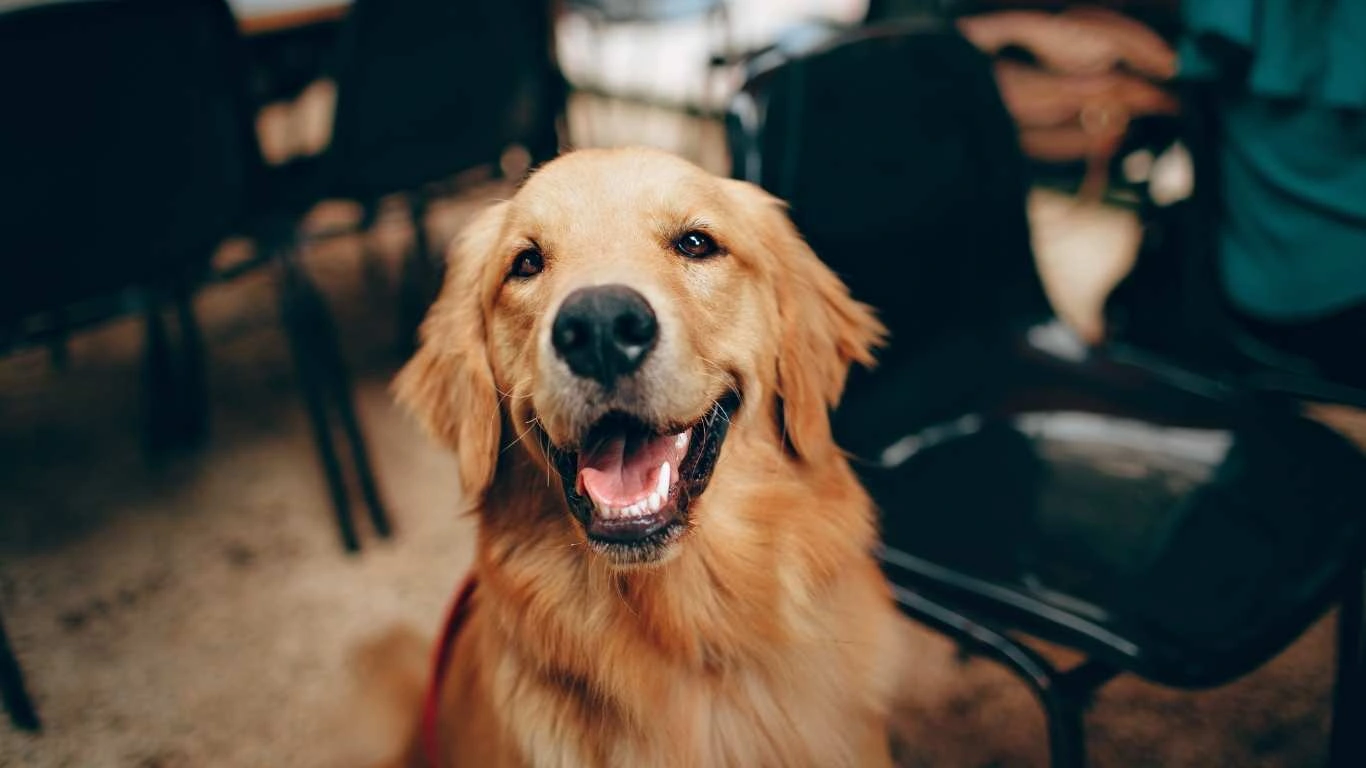
Conclusion: Can Dogs Eat Lentils Safely?
In summary, dogs can eat lentils safely, but they should be introduced carefully and in moderation. The nutritional benefits—such as protein, fiber, and essential vitamins—make them a good addition to your dog’s diet if prepared properly. However, be mindful of potential digestive issues, such as gas or bloating, and always consult your vet before introducing any new food into your dog’s diet. When in doubt, moderation is the key to ensuring that lentils are a safe and healthy treat for your pet.
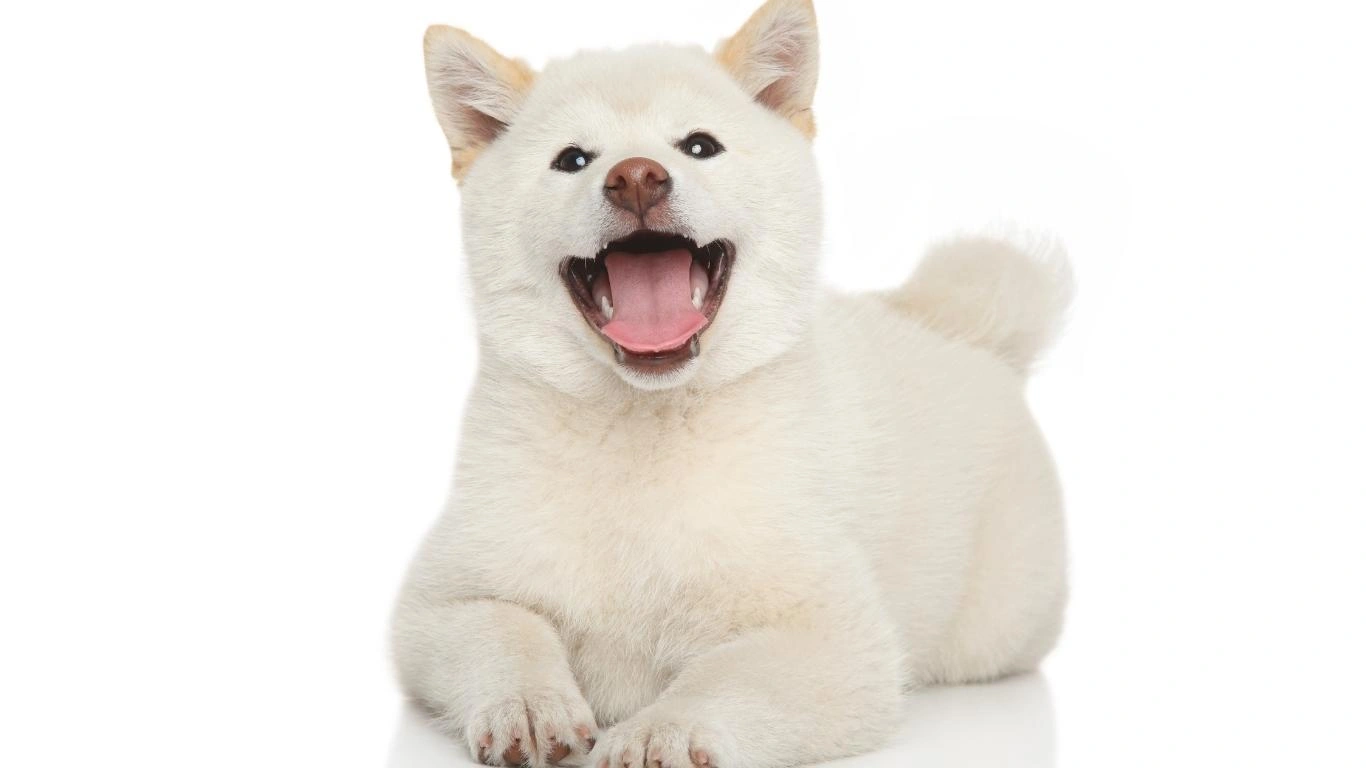
What Types of Lentils Are Best for Dogs?
Now that we’ve covered the basics of feeding lentils to your dog, let’s dive a little deeper into the types of lentils available and which ones might be better for your furry friend. There are different varieties of lentils, each with its own characteristics, and some are better suited for your dog’s diet than others. While all lentils are packed with nutrients, some are easier to digest or contain fewer compounds that might upset your dog’s stomach.
Red and Yellow Lentils
Red and yellow lentils are probably the best options for dogs. These types of lentils cook faster than other varieties and tend to be softer once cooked. This means they’re easier for your dog to digest, which is an important factor to consider. Plus, they have a mild flavor that is more likely to appeal to your dog’s palate.
In my personal experience, I’ve found that many dogs prefer the texture and taste of red or yellow lentils over other types. These lentils break down nicely when cooked, so they won’t leave your dog with a heavy stomach. If you’re introducing lentils to your dog for the first time, I recommend starting with red or yellow lentils, as they’re easier on the digestive system and less likely to cause discomfort.
Green and Brown Lentils
Green and brown lentils are a bit firmer and take longer to cook compared to red and yellow lentils. They also have a stronger flavor, which may not be as appealing to some dogs. While they still offer nutritional benefits, the firmer texture might be harder for some dogs to digest, especially if they have sensitive stomachs.
If you decide to use green or brown lentils, make sure to cook them well and mash them up thoroughly before serving them to your dog. This will make it easier for your dog to digest and reduce the chances of any stomach upset.
How to Incorporate Lentils into Your Dog’s Diet
Once you’ve decided that lentils are a good choice for your dog, the next step is figuring out how to incorporate them into their diet. As with any new food, it’s important to start slow and see how your dog reacts. Here are some easy ways to add lentils to your dog’s meals:
- Mix with Regular Food: A simple way to introduce lentils is by mixing them with your dog’s regular food. You can cook the lentils, mash them up, and stir them into your dog’s usual meal. This will allow your dog to get used to the taste and texture without completely changing their diet.
- Use as a Treat: Lentils can also be used as a healthy treat. Once cooked, you can shape the lentils into small portions and give them to your dog as a snack. Just make sure they’re well-cooked and free of any seasonings or additives that could be harmful.
- Make Lentil Soup or Stew: If you’re in the mood to cook up something special for your dog, you can make a lentil-based soup or stew. Use plain water or low-sodium broth, and add some dog-friendly vegetables like carrots or peas. This can be a hearty, nutritious meal that your dog will love.
Again, I always recommend introducing lentils gradually. If your dog is new to lentils, start with small portions and increase them over time. This will help you monitor how your dog reacts and allow you to avoid any digestive issues. Remember that every dog is different, and what works for one dog may not work for another. It’s all about figuring out what works best for your pet.
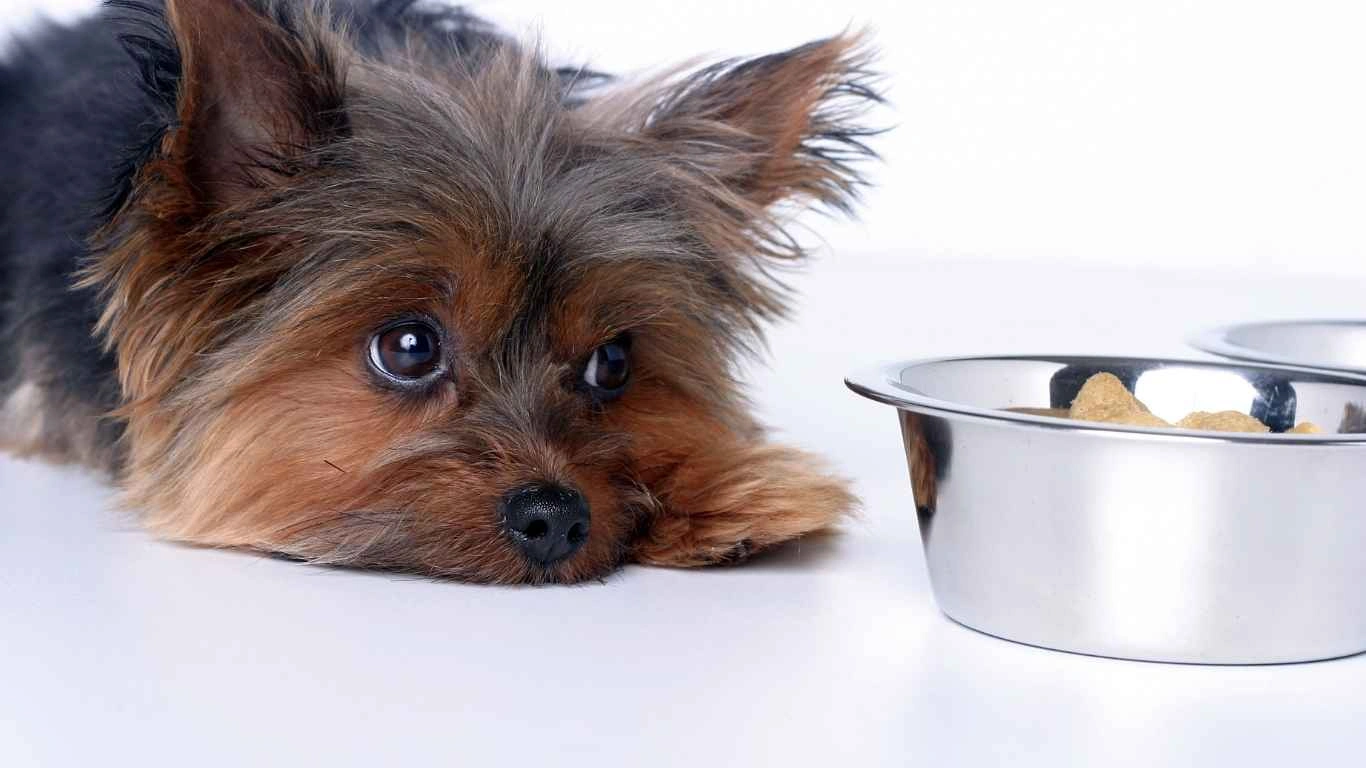
Signs Your Dog May Not Tolerate Lentils
As with any new food, it’s important to keep an eye out for any signs that your dog isn’t tolerating lentils well. Not all dogs will react the same way to lentils, so it’s essential to monitor their behavior after introducing lentils into their diet. Here are some common signs that your dog might not be handling lentils well:
- Vomiting: If your dog vomits after eating lentils, this could be a sign that their stomach is upset. This can happen if they eat too much or if they have a sensitivity to lentils.
- Diarrhea: Excessive fiber can sometimes lead to diarrhea in dogs. If your dog has loose stools or diarrhea after eating lentils, it’s best to cut back on the amount you’re feeding them or temporarily remove lentils from their diet.
- Gas or Bloating: Lentils are known for causing gas and bloating, so if your dog starts passing a lot of gas or seems unusually bloated, it might be a sign that lentils aren’t agreeing with them. If this happens, try reducing the portion size or eliminating lentils from their diet for a while.
- Changes in Behavior: If your dog seems lethargic, uncomfortable, or irritable after eating lentils, this could indicate that they’re not feeling well due to digestive issues.
If you notice any of these signs, it’s a good idea to contact your veterinarian for advice. Your vet can help you figure out whether lentils are the cause of your dog’s discomfort and suggest alternatives if necessary. Sometimes, it’s just a matter of adjusting portion sizes or finding a different type of food that works better for your dog’s digestion.
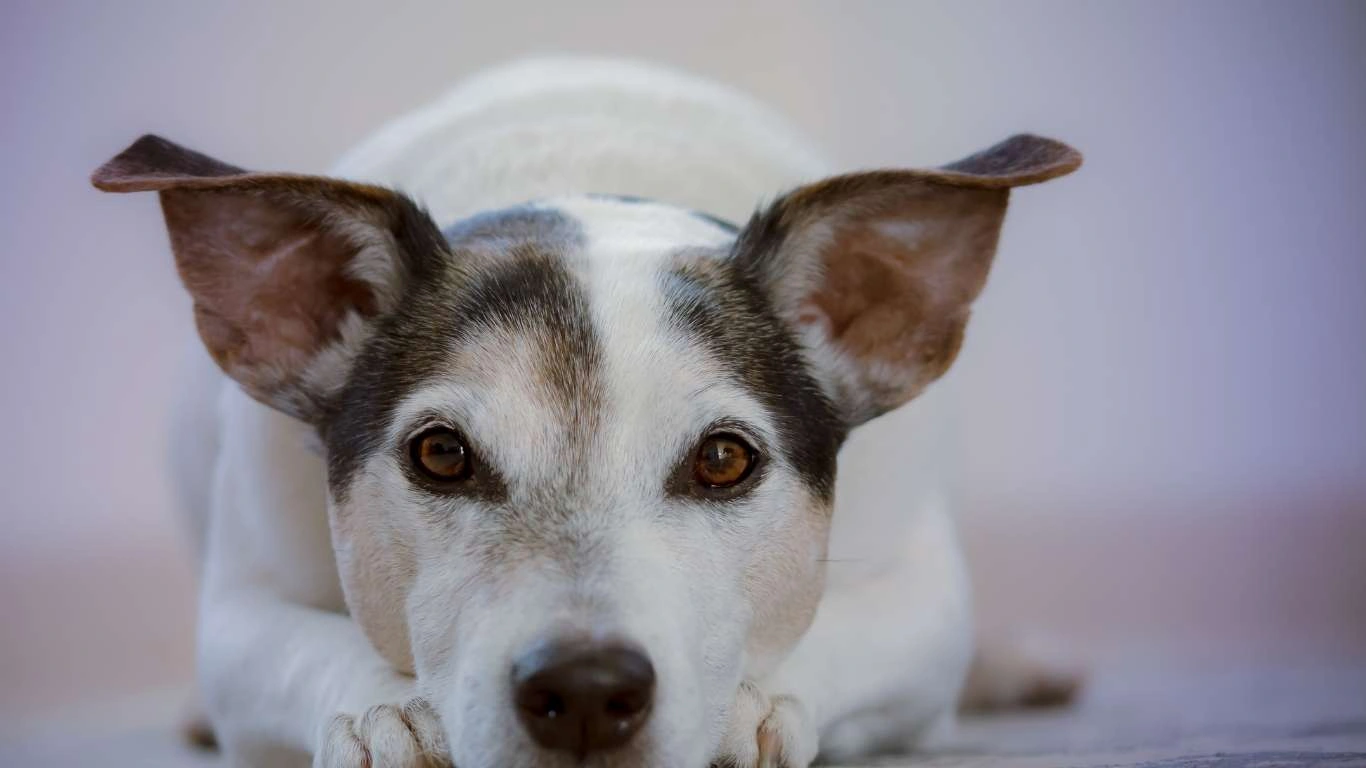
Can Lentils Be Part of a Balanced Diet for Dogs?
Yes, lentils can be a valuable addition to a balanced diet for your dog, but they should never be the sole component of their nutrition. A balanced dog diet consists of protein, fat, carbohydrates, vitamins, and minerals, and lentils can provide some of these nutrients. However, dogs are primarily carnivores, so they need animal-based protein to thrive.
Lentils are a great source of plant-based protein, but they should complement rather than replace animal proteins like chicken, beef, or fish. In my professional opinion, lentils should be viewed as a supplement to your dog’s regular diet, not a replacement for high-quality meat sources.
If you plan to include lentils regularly in your dog’s diet, make sure to balance them with other ingredients. For example, you might pair lentils with lean meats, vegetables, and a small amount of healthy fats like olive oil or fish oil. This way, you ensure that your dog is getting all the essential nutrients they need for overall health and vitality.
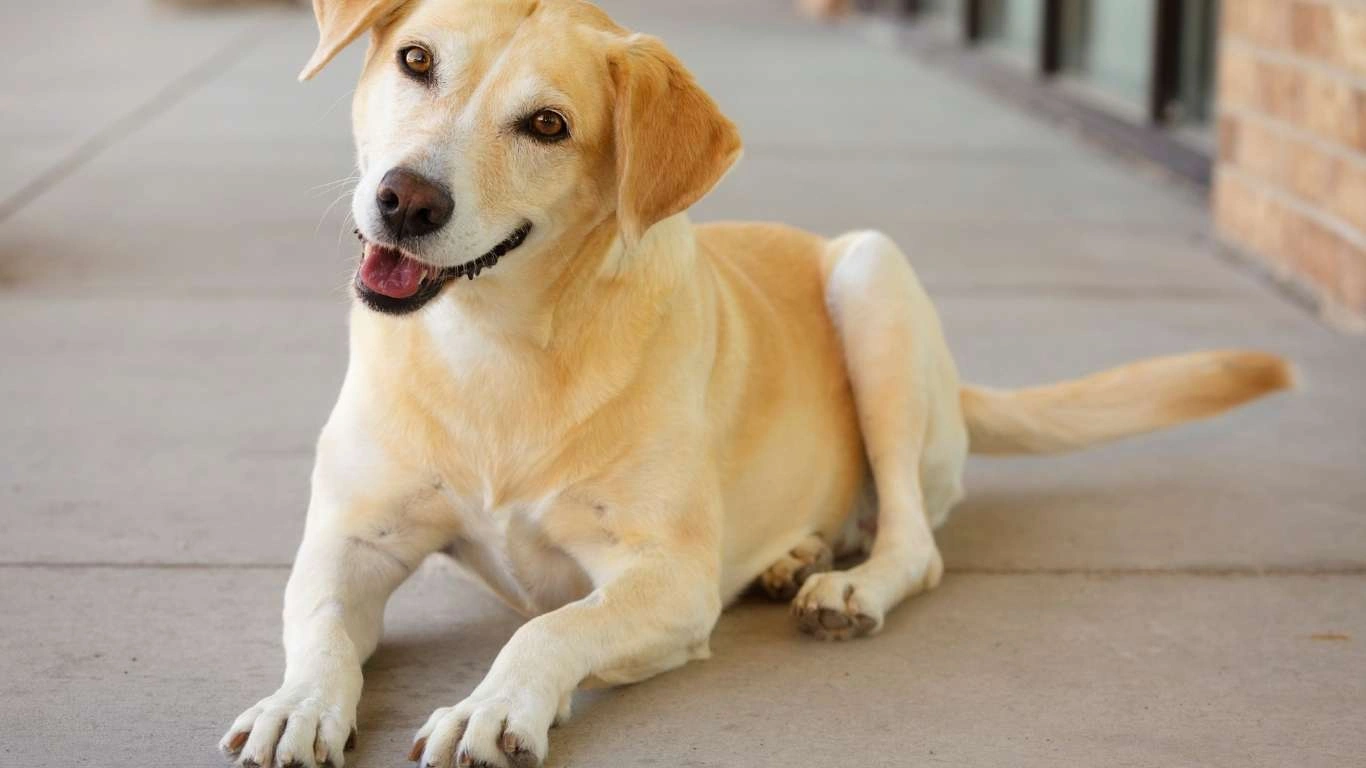
In conclusion, lentils can be a healthy addition to your dog’s diet when prepared and served properly. They offer a variety of nutritional benefits, but it’s essential to be mindful of portion sizes and your dog’s individual tolerance. If in doubt, always consult with your veterinarian before adding new foods like lentils to your pet’s meals to ensure their safety and health.
How to Recognize and Handle Potential Allergies to Lentils in Dogs
As we’ve discussed, lentils can be a great addition to your dog’s diet when introduced properly. However, like with any new food, there is always the potential for your dog to have an allergic reaction to lentils. While food allergies in dogs are relatively rare compared to sensitivities, it’s important to recognize the signs in case your dog does have an adverse reaction to lentils.
From my experience as a pet nutritionist, I’ve encountered a few cases where dogs developed mild allergic reactions to lentils, though this is not a common occurrence. The symptoms are usually not severe but can still make your dog uncomfortable. Here’s how to spot any signs of an allergy or sensitivity to lentils:
- Itchy Skin or Rashes: One of the first signs of a food allergy in dogs is itching or the development of rashes. If your dog starts scratching more than usual or develops red, inflamed skin after eating lentils, they may be allergic.
- Ear Infections: Food allergies can sometimes manifest as recurring ear infections, especially in dogs with sensitive ears. If you notice your dog frequently shaking their head or scratching their ears after consuming lentils, it might be worth looking into the possibility of an allergy.
- Excessive Gas or Bloating: While gas and bloating can occur with any new food, if these symptoms are accompanied by a noticeable increase in discomfort, it could signal that lentils aren’t agreeing with your dog’s digestive system.
- Vomiting or Diarrhea: If your dog experiences vomiting or diarrhea after eating lentils, this could be a sign of intolerance or a food allergy. It’s important to note whether these symptoms are consistent each time lentils are introduced into their diet.
If you suspect that your dog is allergic to lentils, the best course of action is to remove them from their diet immediately and consult your veterinarian. Your vet will likely recommend a food allergy test or elimination diet to help pinpoint the exact cause of the allergy. Keep in mind that while lentils can cause mild allergic reactions, they are not as common as other allergens like chicken, beef, or dairy.
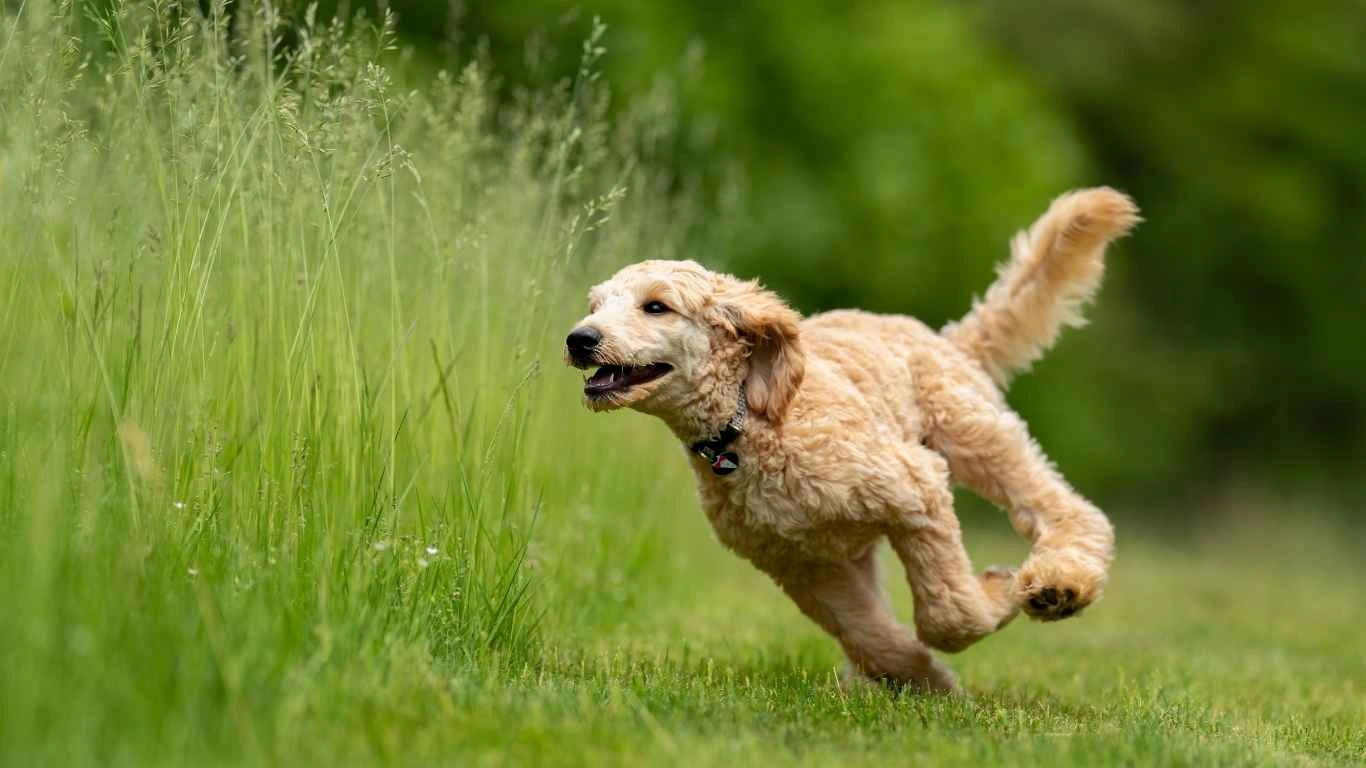
Alternatives to Lentils for Dogs with Sensitivities
If you discover that lentils aren’t a good fit for your dog, or if you’d like to offer more variety, there are plenty of alternatives that are just as nutritious and dog-friendly. Many of these alternatives can provide similar benefits, such as plant-based protein and fiber, without the risk of digestive discomfort or allergies. Here are some excellent lentil alternatives you can try:
1. Chickpeas
Chickpeas, like lentils, are packed with fiber, protein, and essential vitamins. They’re easy to cook and can be a great substitute for lentils in your dog’s diet. Chickpeas are also less likely to cause gas and bloating compared to lentils. As with lentils, you should cook them thoroughly and serve them plain without any seasonings. Some dogs really enjoy the texture and mild flavor of chickpeas, and they can be a great addition to homemade dog food or as a treat.
2. Sweet Potatoes
Sweet potatoes are a fantastic source of fiber and vitamins, especially vitamin A, which supports your dog’s immune system and eye health. They’re also a gentle carbohydrate that’s easy on your dog’s stomach. Roasted or boiled sweet potatoes make for a tasty and nutritious addition to your dog’s diet. If your dog has digestive issues with lentils, sweet potatoes could be a more suitable option to try.
3. Pumpkin
Pumpkin is another excellent alternative that’s easy on the digestive system. It’s rich in fiber and low in calories, making it a great option for dogs that are prone to weight gain or have sensitive stomachs. Many dogs love the taste of pumpkin, and it’s a fantastic food for managing digestive issues like constipation or diarrhea. It can be served as a puree or added to your dog’s regular meals for a boost in nutrition.
4. Green Beans
Green beans are low in calories and packed with essential nutrients like vitamins A, C, and K. They’re also high in fiber, which helps regulate digestion. You can serve green beans to your dog either fresh or cooked, but be sure to avoid seasoning them with anything that could be harmful, such as garlic or onion powder. Green beans are great for adding a healthy crunch to your dog’s diet.
5. Peas
Peas are another legume that can be safely fed to dogs. They’re rich in fiber, protein, and vitamins, and they’re generally easier for dogs to digest compared to lentils. You can serve peas cooked or frozen, and they make a great addition to homemade dog food or as a healthy treat. Just like lentils, peas should be fed in moderation to avoid any potential digestive upset.
When selecting alternatives to lentils, always keep in mind your dog’s individual needs, sensitivities, and preferences. The key to a healthy, balanced diet is variety, so try rotating different options to see what works best for your dog.

Disclaimer
It’s important to note that the information provided in this article is for educational purposes only. While I’ve shared my personal experiences and expertise as a pet nutritionist, each dog is unique, and their nutritional needs may vary. Always consult your veterinarian before making changes to your dog’s diet, especially if your dog has a pre-existing health condition or food sensitivities. Your vet can provide personalized advice tailored to your dog’s specific needs, ensuring their health and safety.
For more information on dog nutrition and pet care, feel free to visit PawPatron, where we offer a wide range of resources to help you provide the best care for your dog.
Remember, moderation and balance are key when introducing any new food into your dog’s diet. Whether you choose to add lentils or another alternative, the goal is to provide your pet with a varied and nutrient-rich diet to keep them happy and healthy.


